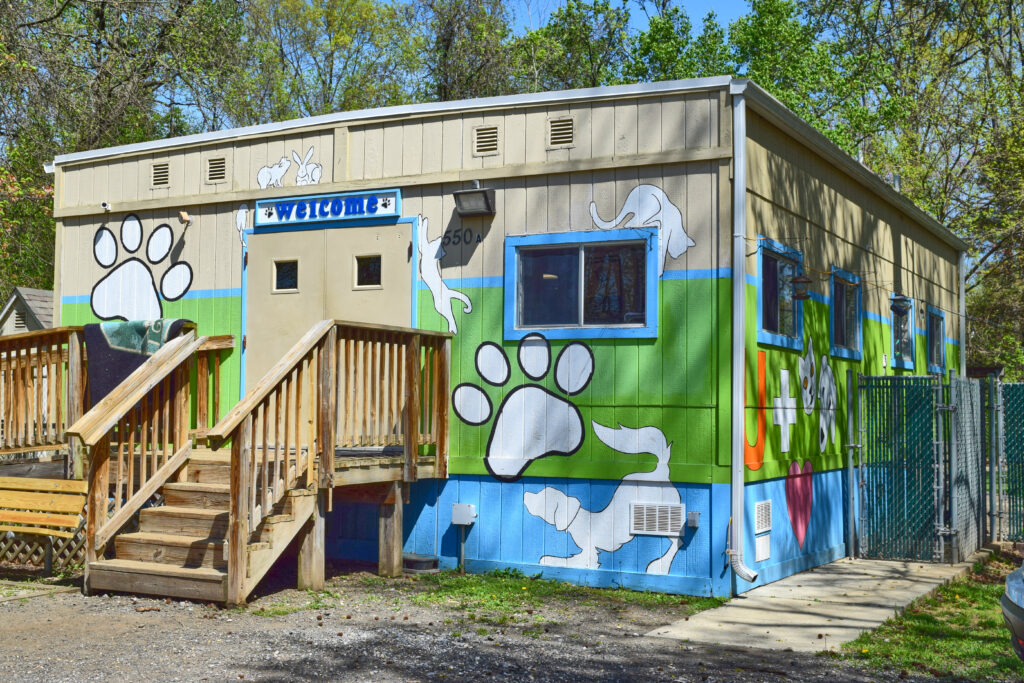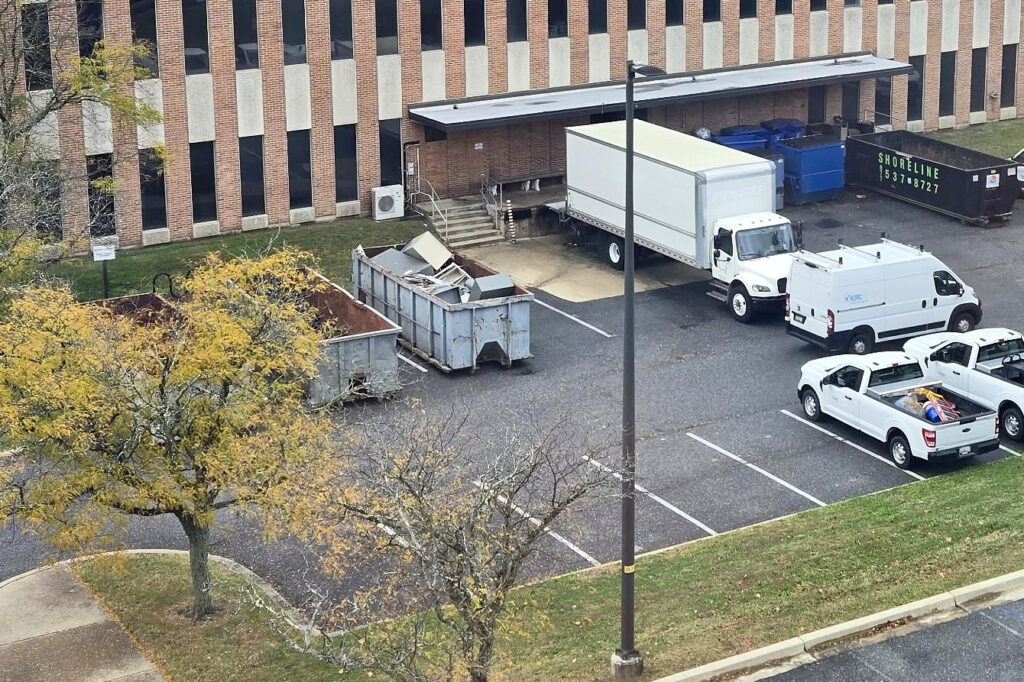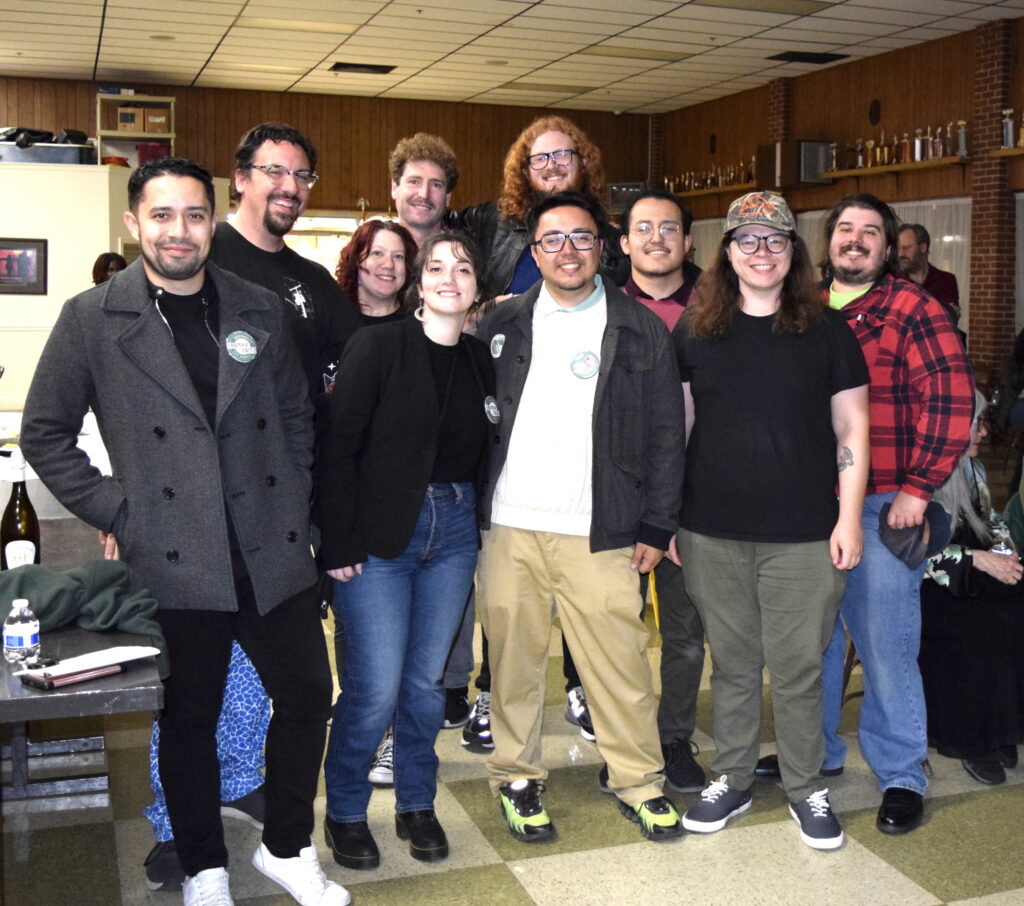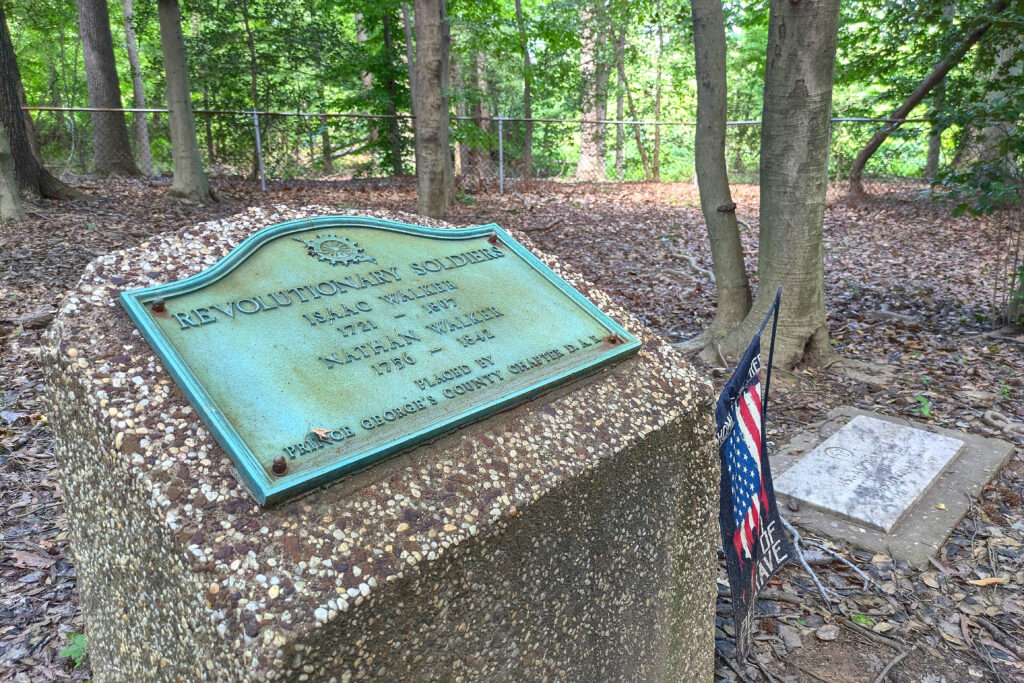April 30 is Adopt a Shelter Pet Day. This week we bring you a closer look at Greenbelt’s Animal Shelter, which hasn’t been open to visitors since the pandemic, as well as some of the animals awaiting homes there.
The Greenbelt Animal Shelter opened in 2007. It was to be a temporary structure, in place until Prince George’s County opened what would be the Northwest Branch Shelter to serve College Park, Beltsville, Greenbelt, Laurel and nearby cities. That shelter fell through and almost 20 years later, Greenbelt’s small shelter is still here. “No other city gets this. It’s a labor of love,” says Supervisor Walter Rivas-Flores.
Helping Who They Can
“We help who we can but we can’t help everyone,” says Rivas-Flores, which he finds one of the most difficult aspects of running a shelter. “That’s difficult to grapple with, not just for us, but for the public because people just expect us to help [with] everything. ‘You’re the animal shelter, we should be able to bring whatever to you and you can figure it out,’” he explained. He shows me a part of the fence, where the wires at the top have been bent down by people who want to throw animals over to get them in. Rivas-Flores is sympathetic; he understands people are desperate. “We do the best we can with the little we have,” he says, noting the Greenbelt shelter is so tiny – smaller than most one-bedroom apartments – and the need is so great. They can house six dogs and 15 cats at any given time. The average wait time for a cat to get adopted is about 34 days. And the average time for a dog is about 55 days. The waitlist for owner-surrenders of cats to the shelter is currently 22 cats deep and someone looking to surrender either a cat or dog would likely be waiting months until space is available. “Across the nation, shelters are overcrowded, understaffed and don’t have ability to help [more]. Shelters and rescues are overburdened,” said Rivas-Flores. Currently the Prince George’s County shelter, the only other shelter in our county, has suspended intake of owner-surrendered dogs until at least the end of this month.
Addressing Neglect and Cruelty
Prosecuting animal cruelty cases is a tough decision. It frequently means holding an animal for the duration of the case, which can be months and months, as was the case for one dog at the shelter, Apollo (see last week’s News Review). It means the animal occupies a space for months that could have been used by other animals. It’s also not always fair to the animal, especially coming from a difficult situation, says Rivas-Flores. If they had more space, they might be able to prosecute more cruelty cases but currently they have to make decisions about how egregious the situation is and what best serves the animals. The animal shelter used to be under Parks and Planning but because Animal Control does so many investigations and worked so closely with the Police Department, it made sense for them to be moved under that department. They aren’t sworn officers, notes Rivas-Flores, but they are law enforcement to a certain extent. “We can investigate; we can impound; we can press charges. We can cite people for civil and criminal animal abuse, neglect, things like that.”
Fostering
The shelter restarted its fostering program in January. That too needs staff time, though, because every fostered animal has to be kept up with. “I just do as much as I can,” says Rivas-Flores, “even though I want to do more, because fostering, it definitely saves lives.” They’re expanding the program bit by bit, he says.
Volunteers
There are only three animal control officers right now, two of whom are full time and one recently started and is on-boarding. “We are all responsible for handling animal control, and everything that goes along with the shelter, the cleaning, the adoption programs. I mean, the list is just huge, as how much it takes to run a place like this,” says Rivas-Flores. “And our volunteer program is really what allows us to operate,” he says. In January, there were three volunteers and now the shelter has close to 40. Every month or two there’s a new volunteer orientation. There are background checks, followed by home visits and individual training. Rivas-Flores has to train every single volunteer. “So people always ask us, ‘When is your next volunteer orientation?’ I don’t know yet because I’m still working through the last folks. But when we’re ready, we’ll post it on our social media.”
The Animals
When I entered the shelter, I first walked past the dogs in six side-by-side kennels. One would be adopted that week. Another was sick with a cough. In good weather they get to take turns spending some time outside.
The first room I entered was the isolation room, where there were newly admitted cats about whom little was known. First, they are scanned for a microchip, and they’re given flea and tick medication, they’re advertised, a flyer goes out, and if no one comes to claim them after five days they’re considered abandoned.
In this room I was immediately greeted by a beautiful Russian Blue cat called Major Tom. He wasn’t in cages like the other new cats; he wasn’t new. He and two other cats were left behind by their owners with no food or water in a house. Animal Control sees it quite a bit where owners leave their homes and leave the animals behind there, said Rivas-Flores. Major Tom has Feline Immunodeficiency Virus (FIV) so he’s only adoptable to a home with no other cats or with cats with FIV, which spreads through deep wound bites or intercourse. Major Tom isn’t a fighter, but he would pick up the two little cats he was found with and carry them around by the scruff of their necks, as a dad cat would. In the end he was separated from them for fear he might puncture their skin accidentally while carrying them. “He’s a great cat. He’s a really good cat,” enthused Rivas-Flores as Tom encircled my ankles and came back for more petting.
“We have a lot of wonderful volunteers that socialize all these animals. So, they’re pretty used to people,” said Rivas-Flores. This proved true even of the rabbit, Aubrey. Aubrey was left between the gates of the shelter. He’d dug his way out by the time Rivas-Flores arrived and found him on the sidewalk, but he ran back in, afraid when he saw a person approaching. Rivas-Flores carried him inside in his sweatshirt. “He’s a great rabbit. He acts a lot like a dog, where you can just pet him and, you know, as long as you’re sweet and soft, he’s a lovely little guy and he’s not scared of people.”
“They are prey to most animals, so they’re a little bit more skittish, which is why I think having a relationship with a rabbit is extra special – everything wants to eat them; they’re always scared,” said Rivas-Flores. “Normally they won’t just let you do that. Normally they’ll try to figure out how to get away from you,” he told me as I stroked Aubrey.
There are two other community rooms for the cats. In those they can cohabitate and interact. There’s a “catio”, small cubbies for napping and even a cat bridge donated to the shelter by Greenbelt Girl Scout Troop 23007. (See the April 20, 2023, issue for a story about the Girl Scouts and the cat bridge they made.)
Big Plans Ahead
Rivas-Flores has been a Greenbelt animal control officer since September 2022. In January he became supervisor. He has big plans. “We’ll get there a day at a time,” he says, “but I do want to make this place a community establishment once again, so people can come here, see that we do help … and feel proud about their itty-bitty little shelter.… I always joke around, ‘You know, since the pandemic, this place has been like Willy Wonka’s chocolate factory. We need a golden ticket to get in here. Like no one knows anything about it.’”
Find Your Shelter Pet
Look forward to some exciting announcements from the Animal Shelter in the coming weeks and months and visit their adoptable animals’ profiles to see the lovely group of dogs, cats and one adorable rabbit and a snake who are looking for their homes (from the Government page on the city website go to Animal Services, then to Animal Shelter and Adoptable Pets to get a link to the animal profiles). This reporter was so in love with several of the animals that Rivas-Flores threatened to check my bag on the way out. If you’re interested in adopting your own shelter pet, you can visit by appointment. Call 301-474-6124 or email animalcontrol@greenbeltmd.gov.




